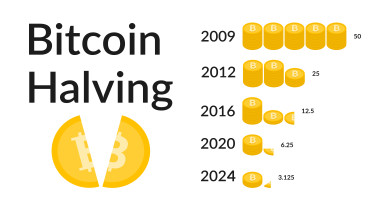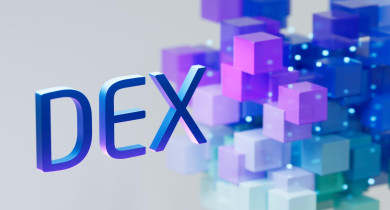
Breaking Down Algorithmic Trading: Understanding the Process and Potential
Algorithmic trading is a form of automated trading that uses computer algorithms to execute trades on behalf of investors. It is a powerful tool that has become increasingly popular in recent years, as it allows traders to make rapid decisions based on large amounts of data. In this article, we will explore the process of algorithmic trading, its potential benefits and drawbacks, and how it can be used to optimize investment strategies.
At its core, algorithmic trading relies on complex mathematical models and statistical analysis to identify patterns and trends in financial markets. These models are designed to analyze vast amounts of data in real-time, including price movements, market conditions, and news events, to identify opportunities for profitable trades. Once a trade is identified, the algorithm automatically executes the trade, often within fractions of a second.
One of the primary benefits of algorithmic trading is its speed and efficiency. By using powerful computer systems to analyze data and execute trades, algorithmic traders can make decisions much faster than human traders. This can be particularly useful in fast-moving markets, where split-second decisions can mean the difference between profit and loss.
Another advantage of algorithmic trading is its ability to reduce the impact of human emotions on investment decisions. Emotions like fear, greed, and panic can lead to irrational decisions that can negatively impact investment performance. Algorithmic trading systems, on the other hand, operate based on logic and data, without being swayed by emotional factors.
However, algorithmic trading is not without its drawbacks. One of the main concerns is the potential for technical glitches and errors. If an algorithmic trading system malfunctions or encounters a bug, it can result in significant losses for investors. In addition, algorithmic trading can contribute to market volatility, as large-scale automated trades can cause sudden price movements that can be difficult to predict or control.
Despite these potential drawbacks, algorithmic trading has the potential to be a valuable tool for investors looking to optimize their investment strategies. Here are a few ways in which algorithmic trading can be used to improve investment performance:
- Risk management: Algorithmic trading systems can be designed to automatically monitor and manage risk levels. By setting predefined stop-loss limits and risk parameters, investors can limit potential losses and protect their portfolios.
- Trade execution: Algorithmic trading can execute trades quickly and efficiently, reducing the likelihood of missed opportunities or delayed executions. This can be particularly useful in high-volume trading environments, where rapid decision-making is essential.
- Backtesting: Before deploying an algorithmic trading system, investors can use historical data to test and refine their trading strategies. By analyzing past market conditions and evaluating the performance of their algorithms, investors can fine-tune their strategies and identify potential flaws or weaknesses.
- Diversification: Algorithmic trading can be used to execute trades across multiple asset classes and markets, allowing investors to diversify their portfolios and reduce their exposure to individual risks.
- Customization: Algorithmic trading systems can be customized to meet the specific needs and goals of individual investors. Whether an investor is looking to maximize short-term gains or build a long-term investment strategy, an algorithmic trading system can be tailored to meet their unique requirements.
In conclusion, algorithmic trading is a powerful tool that has the potential to revolutionize the way we invest in financial markets. By using sophisticated mathematical models and real-time data analysis, algorithmic trading can help investors make faster, more informed decisions that can lead to improved investment performance. However, it is important for investors to exercise caution and carefully evaluate the risks and benefits of algorithmic trading before deploying an automated trading system.




